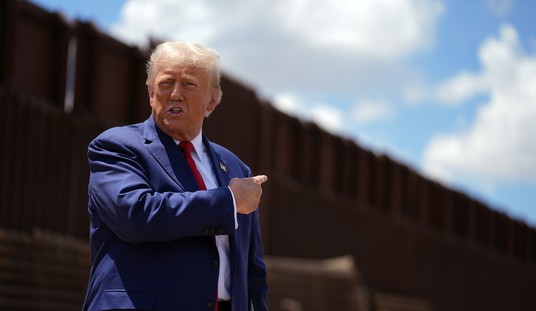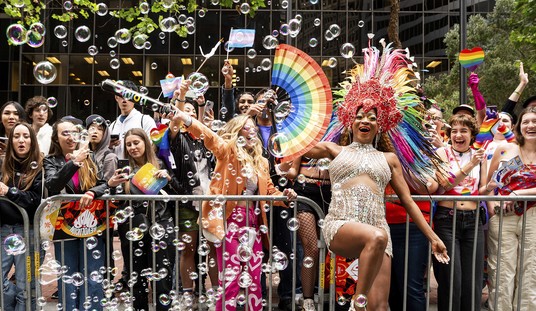California Governor Gavin Newsom has been facing a lot of criticism (and lawsuits) over the way he’s been dragging his feet on allowing the churches, mosques and synagogues to reopen. But as of Sunday night, it appears that Newsom has blinked first in the ongoing standoff. Originally slated to be part of phase three of his reopening plan – which could still be weeks away – the state announced that areas with lower rates of infection would be allowed to decide if the houses of worship could reopen sooner. That could come as early as this week, but there are significant restrictions being put in place. (Associated Press)
On Monday, the state released a framework that will permit counties to allow in-person worship services. They include limiting worshipers to 100 or less, taking everyone’s temperature, limiting singing and group recitations and not sharing prayer books or other items.
The Orthodox congregation of Shul on the Beach in Los Angeles County’s Venice Beach will follow the guidelines, consulting with rabbinical authorities who place a high importance on preservation of life, [Rabbi Shalom] Rubanowitz said.
“We can do it, it’s just a question of how,” he said, noting that Orthodox believers are barred from using technology or carrying many personal items on the Sabbath.
Hopefully, this will turn out to be a sign of some common sense coming out of Sacramento. Any one-size-fits-all policy is problematic to begin with, but when you’re talking about a state the size of California it’s ridiculous. Some areas like Los Angeles County have been dealing with a significant spike in COVID-19 cases, while other, more rural areas hardly have any. Those areas that have the virus largely under control should have had the churches (and most all of their businesses, really) reopened already.
But the restrictions being placed on the houses of worship are going to be problematic as well. Attendance for services is to be limited to 25% of building capacity or 100 people, whichever is lower. Most of the smaller churches should be able to manage that by adding a couple of extra services per week. But the really big churches that can hold seven hundred or more are going to be virtually empty and probably generate long lines of congregants waiting for a chance to come in.
The churches are also supposed to “discourage” choirs from singing, the sharing of prayer books (or prayer rugs for the mosques), and the passing of the collection plate. That last part is problematic because almost all of the churches have been seeing a significant drop in donations with so many people out of work.
Keep in mind that all of this is happening just as the United States Supreme Court is being asked to overturn Newsom’s shutdown of the churches on First Amendment grounds. A lower court narrowly upheld the shutdown order, but the case reached the Supreme Court on Sunday night. (Politico)
Lawyers for the South Bay United Pentecostal Church and Bishop Arthur Hodges asked the justices to step in Sunday after a federal appeals court panel rejected a similar emergency application Friday.
The decision from the 9th Circuit Court of Appeals came on the same day President Donald Trump publicly backed churches seeking to escape various stay-at-home orders in place across the country. Trump said he was ordering governors to exempt churches “right now” by declaring religious services to be essential, although he lacks any evident legal authority to impose his view on state officials.
The Governor’s recent decision complicates this case even further. If the South Bay United Pentecostal Church is allowed to reopen, the appeal may be moot. And if they aren’t given the go-ahead, it will probably be the country executive who needs to be challenged, not Newsom. Of course, in a more perfect world, our elected executive officials wouldn’t be forcing anyone to “shut down,” to say nothing of the churches. But the courts continue to give them a lot of leeway.
Perhaps it would be best if the church’s case was pushed through the rest of the way for a decision by SCOTUS. If nothing else, it would provide all of the courts around the country with some guidance as they consider more and more of these challenges to the shutdown orders.








Join the conversation as a VIP Member